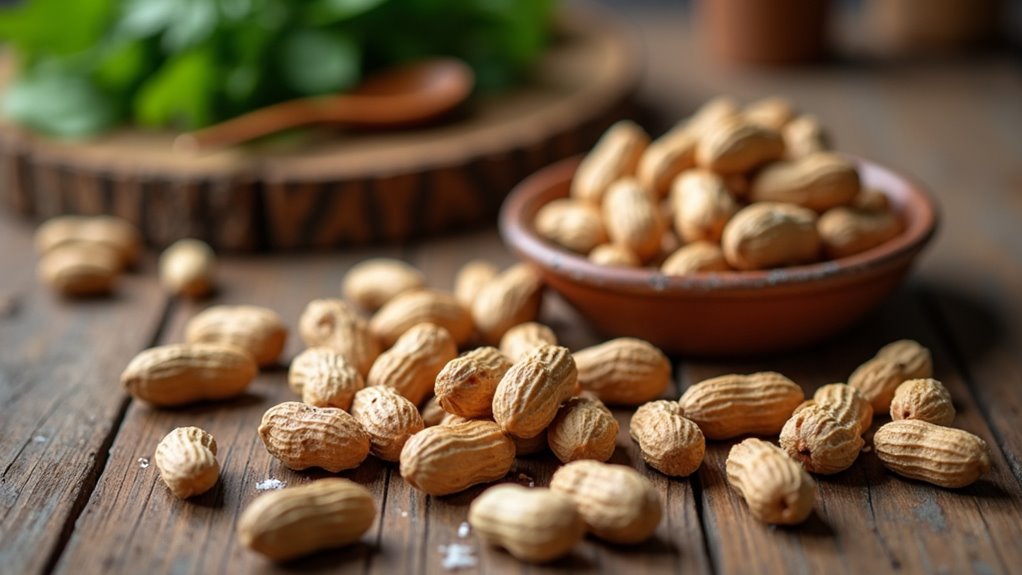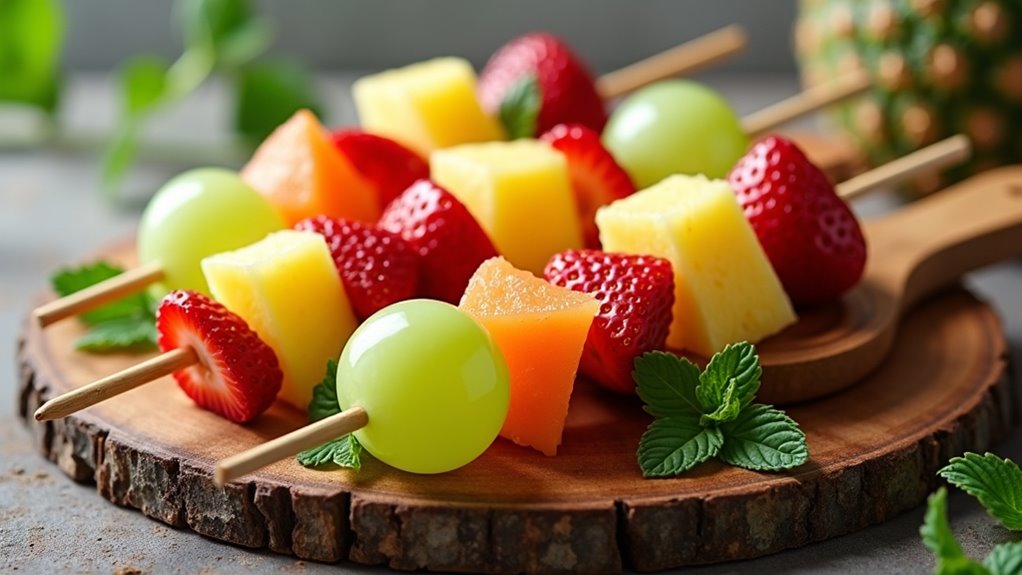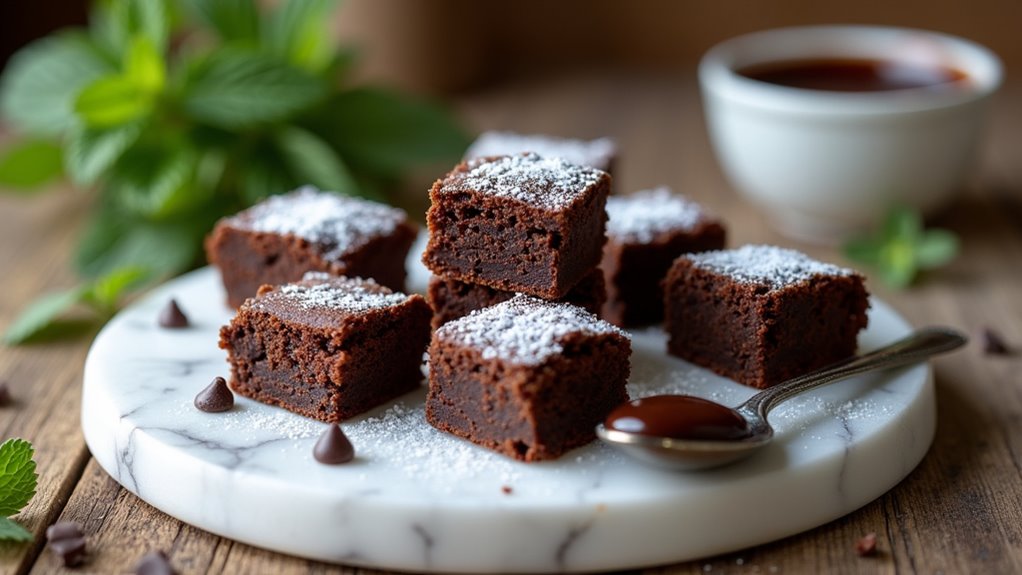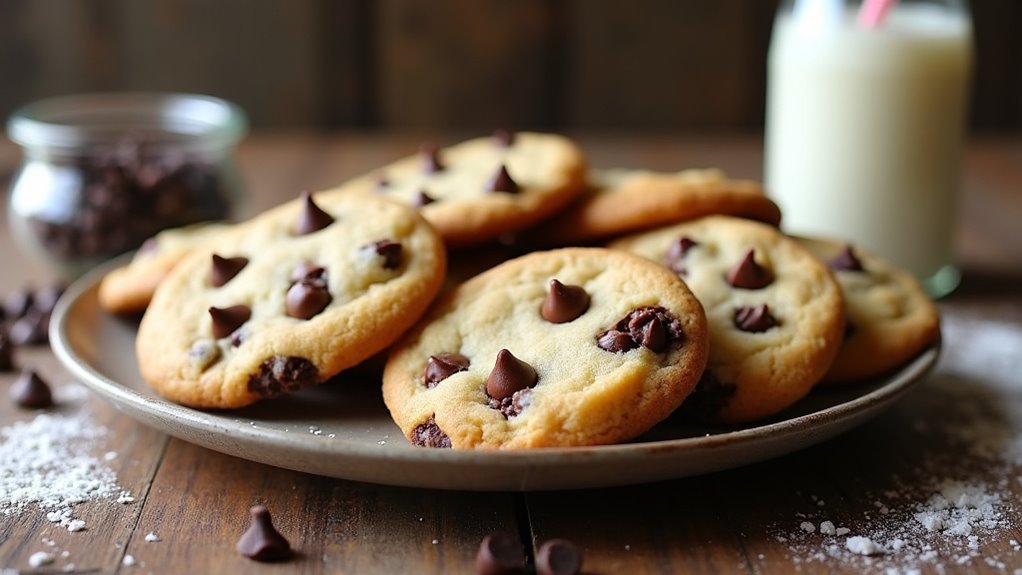My nephew Jake called in a panic before his backyard party. “Uncle, these raw peanuts are completely bland!” I chuckled, remembering my early chef days. “Bring them over,” I told him. Twenty minutes later, he watched wide-eyed as I transformed those ordinary legumes into perfectly roasted, seasoned gems using just my oven and a few pantry staples. Now he’s the neighborhood “peanut guy” – funny how a simple cooking technique can change someone’s reputation.
History & Origin
As peanuts trace their roots back thousands of years, their journey from South American indigenous cultivation to global agricultural prominence reveals a fascinating culinary and agricultural narrative.
Indigenous peoples in Peru first domesticated peanuts around 3,500 B.C., establishing the crop’s initial agricultural significance. Peanuts traveled to North America during the 18th century through the transatlantic slave trade and Southern plantations.
Their popularity surged in the 19th century, particularly after peanut butter’s invention. Georgia now leads U.S. peanut cultivation, producing nearly half the country’s supply.
From ancient South American fields to modern agricultural landscapes, peanuts have transformed global food systems.
Recipe

Roasting peanuts in the shell is a delightful culinary experience that transforms raw, green nuts into a crunchy, salty snack. The process involves brining the peanuts to enhance their flavor and then slow-roasting them to perfection, creating a delicious treat that’s perfect for snacking or entertaining.
This homemade recipe allows you to control the saltiness and roasting level, ensuring you get exactly the taste and texture you desire. By following a few simple steps, you can create restaurant-quality roasted peanuts right in your own kitchen.
Ingredients
- 1 pound raw peanuts in the shell
- 1/2 cup salt
- 8 cups water
Equipment
- Large pot
- Cooling rack
- Baking sheet
- Wooden spoon
- Airtight container
Instructions
- Combine water and salt in a large pot, bringing to a boil
- Submerge raw peanuts in the brine
- Stir peanuts every hour during brining process
- Allow peanuts to brine for at least 5 hours
- Remove peanuts and dry on a cooling rack for 2-3 days
- Preheat oven to 350°F
- Spread peanuts in a single layer on baking sheet
- Roast for 15-30 minutes, stirring occasionally
- Remove when desired color and aroma are achieved
- Let cool completely before storing
Nutrition
404 kcal | 14g Carbohydrates | 18g Protein | 35g Fat | 5g Saturated Fat | 11g Polyunsaturated Fat | 16g Monounsaturated Fat | 0 mg Cholesterol | 584 mg Sodium | 645 mg Potassium | 0 IU Vitamin A | 0 mg Vitamin C | 54 mg Calcium | 2 mg Iron
Cooking Tips
When roasting peanuts, remember that cooking times can vary based on individual oven performance and personal preference. Always monitor the peanuts closely during roasting, as they can quickly go from perfectly roasted to burnt. Allow the peanuts to cool completely before storing to prevent moisture buildup, which can lead to spoilage.
Serving Suggestions
Serving roasted peanuts in the shell creates a delightful and interactive snacking experience for guests. Serve them in rustic wooden bowls or decorative burlap bags to enhance visual appeal, and consider offering a variety of seasonings like smoked paprika, garlic powder, or chili salt for personalization.
Pair these crunchy nuts with cold beer, soda, or craft beverages to complement their rich, salty flavor. For a more substantial spread, integrate roasted peanuts into a mixed appetizer platter featuring cheese, artisan crackers, and dried fruits, creating a dynamic and inviting presentation that encourages social interaction and casual dining.
Common Mistakes & Troubleshooting
When roasting peanuts, one common mistake is uneven heating, which can lead to some nuts being burnt while others remain undercooked. During a summer barbecue, I once rushed the roasting process and ended up with a batch of peanuts that were charred on the outside and raw in the center.
To avoid this, use consistent heat, stir frequently, and monitor the roasting process closely. Ensure your oven or roasting method provides uniform temperature distribution, and use a timer to prevent over-roasting. If using an oven, spread peanuts in a single layer and rotate the tray midway through cooking to achieve uniform golden-brown coloration.
Frequently Asked Questions
How Are Peanuts in the Shell Cooked?
I soak raw peanuts in a salted brine, dry them thoroughly, then roast at 350°F for 15-30 minutes, stirring halfway. I’ll check their progress by watching the color and smelling their rich, toasty aroma as they cook.
Why Do People Boil Peanuts in the Shell?
I boil peanuts in the shell because they become incredibly tender, absorb delicious salt-infused flavors, and create a unique snacking experience that’s both nostalgic and satisfying, especially during casual social gatherings.
Do I Need to Soak Shelled Peanuts Before Roasting?
I don’t need to soak shelled peanuts before roasting, but if I want, I can soak them in salted water to enhance flavor. It’ll help them roast more evenly and add a nice salty kick to my snack.
How Long Will Peanuts in Shell Last?
I can tell you that peanuts in the shell will last up to 6 months at room temperature, but if you refrigerate them, they’ll stay fresh for about a year. Just keep them cool and dry.
Final Thoughts
Roasting your own peanuts is a rewarding experience that brings both flavor and satisfaction. The earthy aroma that fills your kitchen as they roast is almost as enjoyable as the taste itself. With just a few simple ingredients and some patience, you’ve created a wholesome snack that’s free from preservatives and excess salt.



